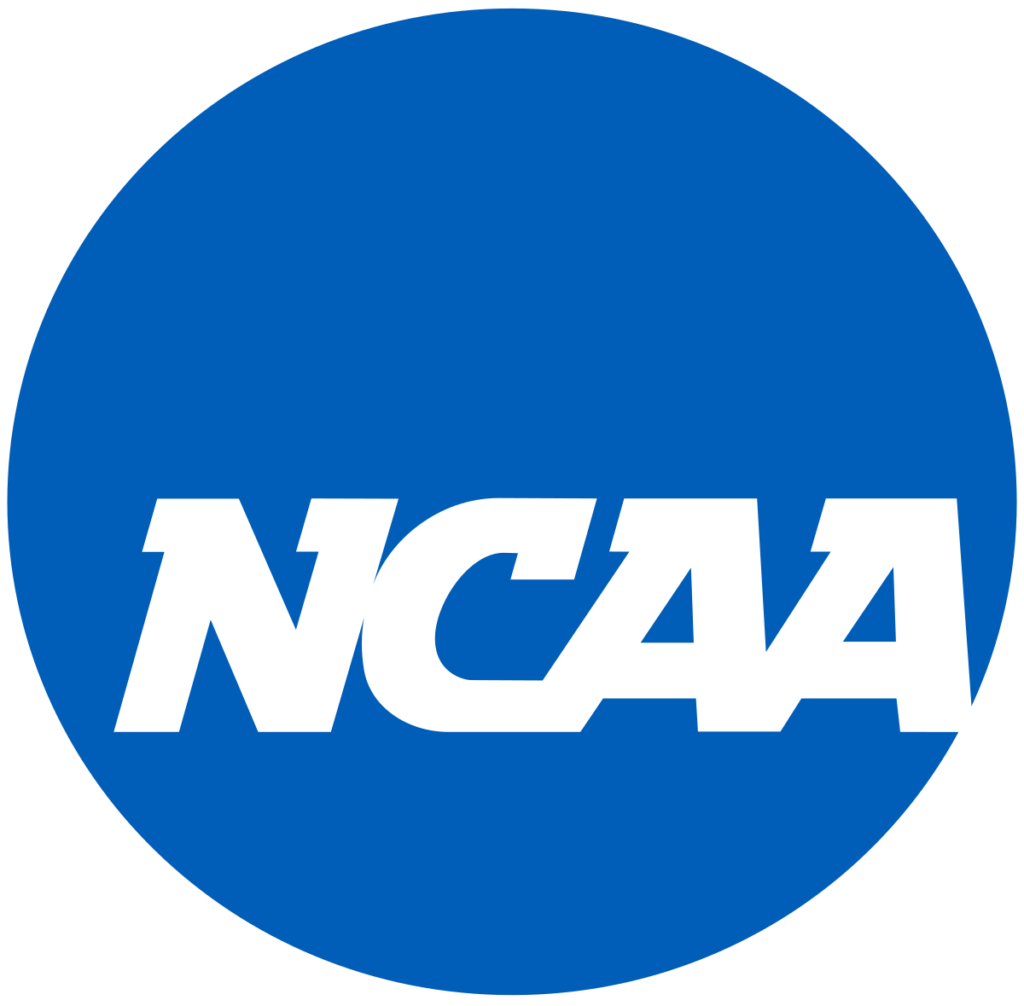
As some areas of the United States start to re-open their economy, will NCAA sports be far behind?
According to the NCAA, officials will take into consideration federal recommendations, relying on experts, data and science, and putting the health, safety and well-being of student-athletes and the needs of the membership first.
“It is also important to take into consideration that there will not be a quick, single day of re-emergence into society,” NCAA chief medical officer Brian Hainline said in a statement. “We will re-emerge in a manner that recognizes COVID-19 will be around until there is an effective vaccine, treatment or both. That is why resocialization should be rolled out in a phased way that helps assure sustained low infection spread, as well as aids in the ability to quickly diagnose and isolate new cases.”
The NCAA also released its “core principles of resocialization of collegiate sport” in bullet-point format that will be implemented in three phases.
- There must not be directives at the national level that preclude resocialization.
- State and local authorities must have in place a plan for resocialization.
- In accordance with the federal guidelines, such a plan assumes the following state/local GATING CRITERIA have been satisfied:
- A downward trajectory of influenza-like illnesses reported within a 14-day period and a downward trajectory of COVID-like syndromic cases reported within a 14-day period.
- A downward trajectory of documented cases of COVID-19 within a 14-day period or a downward trajectory of positive tests as a percentage of total tests within a 14-day period.
- Hospitals can treat all patients without crisis care and there is a robust testing program in place for at-risk health care workers, including emerging antibody testing.
- In accordance with the federal guidelines, such a plan assumes the following state/local GATING CRITERIA have been satisfied:
- There should be a plan in place at the university/college level for resocialization of students. In keeping with the federal guidelines, universities should consider guidance provided to employers to develop and implement appropriate policies regarding the following:
- Social distancing and protective equipment.
- Temperature checks.
- Testing and isolating.
- Sanitation.
- Use and disinfection of common and high-traffic areas.
- School business travel.
- Monitoring of the workforce for indicative symptoms and preventing symptomatic people from physically return to work until cleared by a medical provider.
- Workforce contact tracing after an employee’s positive test for COVID-19.
- There must be a plan in place at the university/college level for resocialization of student-athletes within athletics. In keeping with the federal guidelines, athletics should practice the following:
- All student-athletes, athletics health care providers, coaches and athletics personnel should practice good hygiene.
- All student-athletes, athletics health care providers, coaches and athletics personnel should stay home if they feel sick.
- Guidance noted above for university employees should be in place within athletics.
- There must be adequate personal protective equipment for athletics health care providers, and there must be sanitizers to manage infection control in all shared athletics space.
- There must be the ability to assess immunity to COVID-19 at a regional and local level. This could include immunity at the college campus, plus a more focused assessment of herd immunity for athletics teams.
- There must be access to reliable, rapid diagnostic testing on any individual who is suspected of having COVID-19 symptoms.
- There must be in place a local surveillance system so that newly identified cases can be identified promptly and isolated, and their close contacts must be managed appropriately.
- There must be clearly identified and transparent risk analyses in place. Such risk analyses consider issues such as economics, education, restoration of society, and medical risk of sport participation, including COVID-19 infection and possible death.


